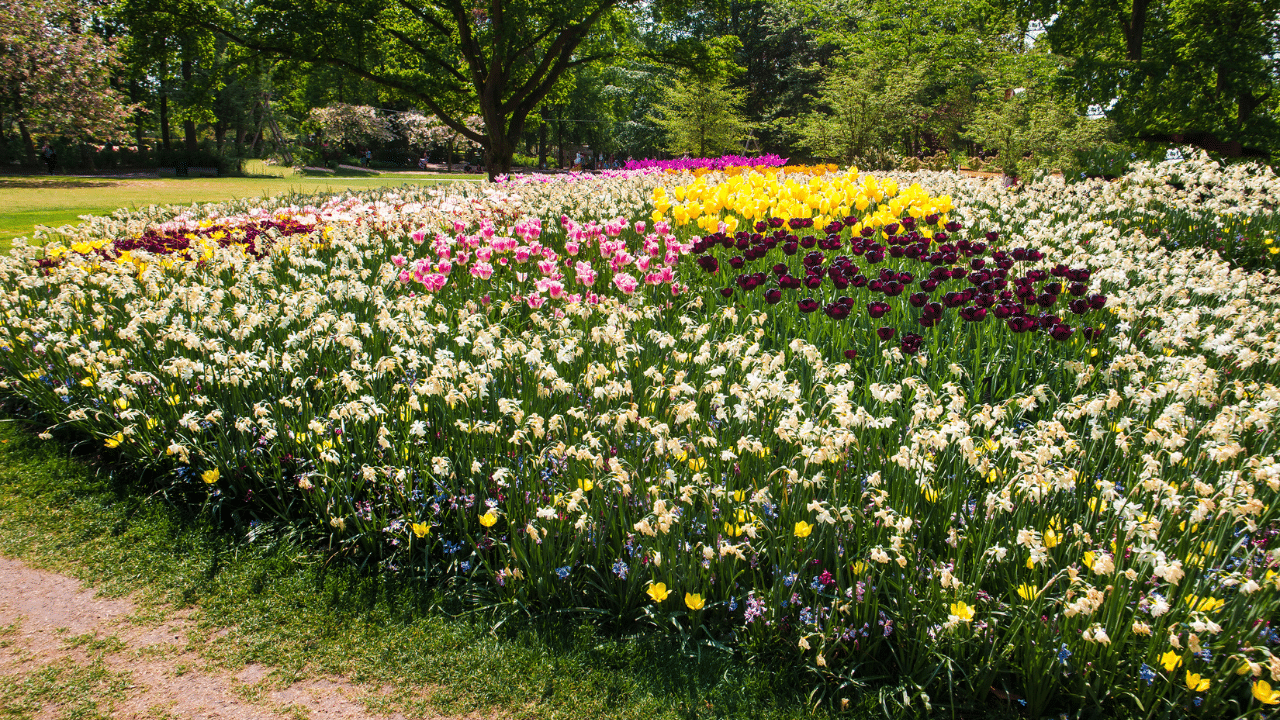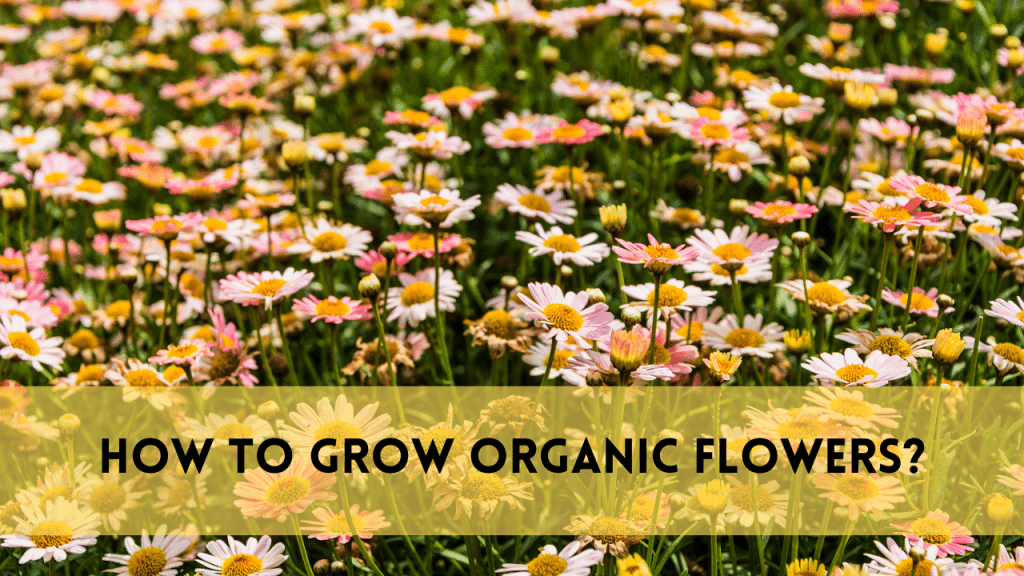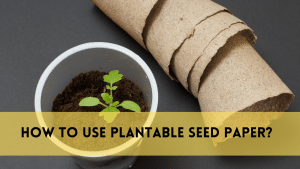To grow organic flowers is a joyful and satisfying experience that adds color, aroma, and natural beauty to your yard. The approach is about more than just avoiding synthetic pesticides; it’s about nourishing your plants in a natural way.
Whether you’re an experienced gardener or a newbie with a green thumb, this guide will show you how to grow organic flowers in garden.
How To Grow Organic Flowers: Understanding Organic Gardening
To grow organic flowers, its all about cooperating with nature rather than against it. This includes employing natural methods to feed your plants, control pests, and increase soil fertility. Avoiding synthetic chemicals not only makes your plants healthier, but it also makes the environment safer for beneficial insects, wildlife, and you.
Choosing the Right Flowers
The first step to grow organic flowers is choosing the appropriate kinds. Certain flowers are more suited to organic growing than others. Here are several favorites that thrive without manmade interventions:
Marigolds are known for their bright colors and pest-repelling abilities.
Sunflowers are tall, hardy, and attract helpful insects.
Zinnias are easy to grow and have vibrant blooms that give a pop of color.
Lavender is not only lovely, but it attracts pollinators and repels pests.
Cosmos: These blooms are durable, low-maintenance, and attract beneficial insects.
Preparing Your Soil
A thriving organic garden relies heavily on healthy soil. To grow organic flowers, begin by testing your soil to assess its pH and nutrient content. Most flowers like slightly acidic to neutral soil (pH 6.0 to 7.0).
Improve Soil Quality:
Composting: Use compost to enhance the soil with organic matter. Compost replenishes nutrients while also improving soil structure, drainage, and water retention.
Mulching: Organic mulches such as straw, wood chips, or leaves can help retain moisture, reduce weeds, and progressively improve soil as they degrade.
Planting cover crops such as clover or alfalfa can help to give nitrogen to the soil while also preventing erosion.
Planting your Flowers
To grow organic flowers, it requires precise timing. Some flowers prefer cooler temperatures, while others flourish in heat. Specific planting times are indicated on seed packets or plant tags.
Start Seeds Indoors
If you’re beginning to grow organic flowers from seeds, start them indoors 6-8 weeks before the last frost. Use seed starting trays with a light, well-drained seed starting mix. Keep the soil moist and allow plenty of light to promote healthy development.
Transplanting seedlings
When your seedlings are a few inches tall and the risk of frost has passed, you can move them outside. Harden your seedlings by progressively exposing them to external circumstances for a week before transplanting.
Direct Sowing
Some flowers, such as sunflowers and zinnias, can be sown directly into the garden soil if the weather is consistently warm. Follow the spacing guidelines on the seed packet to give each plant adequate room to thrive.
Water Your Flowers
Watering is a key part to grow organic flowers. Too much or too little water can cause stress in your plants and slow their growth.
Watering Tips
Maintain regular moisture in the soil without allowing it to get soggy. Water deeply to encourage roots to grow downward rather than near the surface.
Morning Watering: Water your plants in the morning to prevent evaporation and allow them to dry before the evening, lowering the risk of illness.
Drip Irrigation: Use a drip irrigation system to supply water straight to the roots, saving water and lowering the danger of fungal disease.

Natural Pest Control
Pests are unavoidable in any garden, but organic gardening fosters a healthy ecology in which helpful insects assist control dangerous ones.
Attracting Beneficial Insects
Plant flowers like yarrow, dill, and fennel to attract ladybugs, lacewings, and other helpful insects that eat pests. To boost beneficial insect populations, create habitats like insect motels or quiet garden corners.
Homemade Pest Remedies
Neem oil is an excellent natural pesticide that kills a variety of pests.
Soap Spray: To control aphids and mites, mix water and mild soap.
Garlic Spray: Garlic has natural insect repellent properties. Mix garlic cloves with water, sieve, and spray on plants.
Fertilizing Organically
Organic fertilizers nourish the soil, which in turn supports your plants. They steadily release nutrients, ensuring a consistent supply over time.
Organic Fertilizer Options
Compost: is a rich source of nutrients and helpful bacteria.
Manure: Properly aged manure adds nutrients and improves soil structure.
Bone Meal: Provides phosphorous for healthy root development.
Fish Emulsion is a nitrogen-rich, quick-acting fertilizer.
Weed Management
Weeds compete with your flowers for nutrition, moisture, and sunlight. Managing them organically is critical for a thriving garden.
Organic Weed Control Methods:
Mulching suppresses weeds by blocking light and forming a physical barrier. Weeding by hand: Pull weeds on a regular basis, making sure to eliminate the roots to avoid regrowth.
Cover Crops: Grow cover crops in fallow areas to compete with weeds and promote soil health.
Support Your Flowers
Some flowers, particularly taller types, may require support to keep them from falling over.
Staking and Support Your Flower
Stakes: Support individual plants with bamboo or wooden stakes.
Cages: Tomato cages or wire cages are ideal for bushier plants.
Trellises: Climbing flowers, such as sweet peas and morning glory, benefit from having a trellis to climb on.
Harvesting and enjoying your flowers
Harvesting flowers at the proper time allows them to remain longer in your vase and promotes additional blooms.
Morning Harvest: Cut flowers in the morning when they have the most water content.
Sharp Tools: Cut cleanly using sharp scissors or pruners to minimize plant damage.
Water Immediately: To avoid wilting, place flowers in water as soon as they are cut.
FAQs
Can you grow organic flowers in containers?
Absolutely! You can grow organic flowers, many flowers flourish in containers. Use organic potting soil and provide adequate drainage. Containers are ideal for compact settings and can be rearranged to maximize light exposure.
How do I treat powdery mildew organically?
To treat powdery mildew, mix baking soda, water, and a small amount of liquid soap. To keep the spread under control, spray this solution on the afflicted plants. Maintain proper air circulation and avoid overhead watering.
Do any flowers repel pests?
Yes, marigolds, nasturtiums, and lavender are known pest repellents. Planting them around your garden can help safeguard the other plants.
How frequently should I water my organic flower garden?
Watering frequency is determined by your climate and soil type. Flowers require approximately 1 inch of water every week. Check the soil moisture on a regular basis and make any necessary adjustments.
Can I use kitchen scraps to fertilize?
Yes, composting kitchen scraps such as vegetable peelings, coffee grounds, and eggshells yields nutrient-dense compost for your garden. Don’t compost meat, dairy, or greasy meals.
Conclusion
To grow organic flowers is a journey that links you to nature, enriches your garden, and provides joy into your life. You may develop a thriving and sustainable garden by selecting the correct flowers, preparing the soil, and caring for your plants naturally.
Remember that gardening is as much about the processas it is about the result, so savor every time spent caring for your organic flowers. Houston Heights Tree Services provides more expert gardening suggestions and assistance. Best wishes, and happy gardening!




